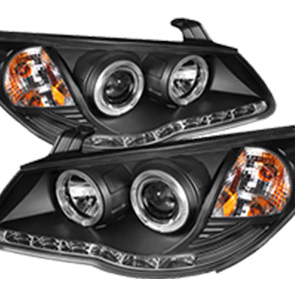handbrake cables made
Understanding Handbrake Cables Essential Components for Vehicle Safety
Handbrake cables, also known as parking brake cables, are crucial components in a vehicle's braking system. These cables play a significant role in ensuring that a vehicle remains stationary when parked and provides the driver with an additional safety mechanism when needed. In this article, we will explore the importance, construction, functioning, and maintenance of handbrake cables.
Importance of Handbrake Cables
The primary purpose of handbrake cables is to engage the parking brake, which locks the rear wheels of a vehicle. This prevents the car from rolling when parked, especially on inclines. A reliable handbrake system is essential for safety, particularly in situations where the primary braking system might fail or during a sudden stop. Furthermore, the handbrake serves as a supplemental braking system, providing an additional layer of security for drivers in emergency situations.
Construction of Handbrake Cables
Handbrake cables are typically made of high-strength steel wire, which is designed to withstand significant tension and resist wear over time. The cable itself consists of several strands of wire twisted together to form a strong, flexible line. This cable is encased in a protective outer sheath that keeps dirt and moisture away, preventing corrosion and ensuring smooth movement. The ends of the cable are usually fitted with connectors that attach to the handbrake lever inside the vehicle and the brake mechanism at the rear wheels.
Functioning of Handbrake Cables
handbrake cables made

When the driver pulls the handbrake lever, it creates tension in the cable, which is then transmitted to the brake system at the rear wheels. This action causes the brake pads to clamp down on the brake discs or drum, effectively immobilizing the vehicle. The design of the handbrake system allows for a mechanical advantage; thus, even a modest amount of force exerted by the driver can apply significant pressure to the braking components.
In most vehicles, the handbrake is designed to be easy to operate. It is often situated between the driver’s and passenger's seats or on the dashboard in some models. When engaged, the lever typically stays in its pulled position, indicating that the vehicle is secured. In modern vehicles, electronic handbrake systems have begun to emerge, utilizing motors and sensors to engage the brake without the need for a mechanical cable.
Maintenance of Handbrake Cables
Like all components of a vehicle, handbrake cables require regular maintenance to ensure their proper functioning. Drivers should periodically check the handbrake to ensure it provides adequate braking force. Signs of wear include fraying of the cable, rust on the metal components, or a loose connection at either end. When the handbrake feels loose or the vehicle still rolls after the brake is engaged, it may be time to replace the cable.
Regular inspection of the cable's outer sheath for cracks or damage is also essential. It is advisable to consult a professional mechanic during routine vehicle maintenance to assess the condition of handbrake cables and replace them if necessary.
Conclusion
Handbrake cables are vital for ensuring vehicle safety and reliability. Understanding their function, construction, and the importance of maintenance can help drivers appreciate these components and their role in the overall braking system. By keeping handbrake cables in good condition, drivers can ensure that their vehicles remain safe and secure on any incline, reducing risks and potential accidents.
-
Workings of Clutch Pipe and Hose SystemsNewsJun.04,2025
-
The Inner Workings of Hand Brake Cable SystemsNewsJun.04,2025
-
The Secrets of Throttle and Accelerator CablesNewsJun.04,2025
-
The Hidden Lifeline of Your Transmission Gear Shift CablesNewsJun.04,2025
-
Demystifying Gear Cables and Shift LinkagesNewsJun.04,2025
-
Decoding Clutch Line Systems A Comprehensive GuideNewsJun.04,2025
